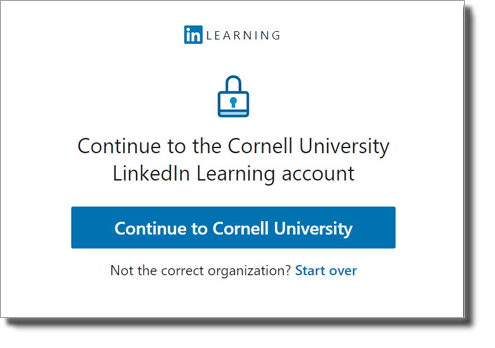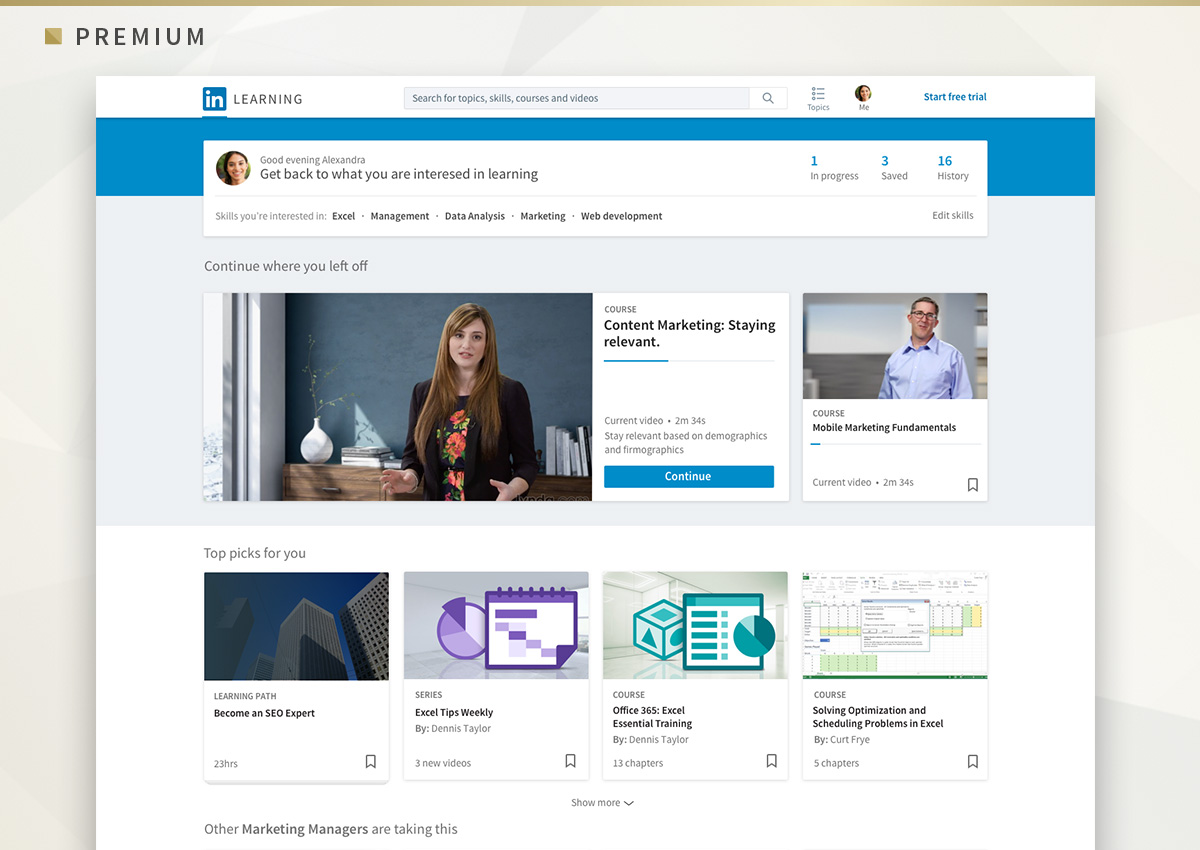

In the Attributes & Claims section, you can add or edit the user attributes that are passed to LinkedIn Learning. Once you have completed this task, the Sign-on URL should follow this format: In the Sign on URL section, paste the Assertion Consumer Service (ACS) URL value again and replace /saml/ with /login/. In the Reply URL section, enter the Assertion Consumer Service (ACS) URL previously copied from the LinkedIn Learning Portal. In the Identifier (Entity ID) section, click Add identifier and enter the Entity ID previously copied from the LinkedIn Learning Portal. In the Basic SAML Configuration section, perform the following steps: Select the Edit icon in the Basic SAML Configuration box to edit the settings. On the next screen, click Single sign-on, then select SAML. Wait a few seconds while the app is added to your tenant. Select LinkedIn Learning from results panel and then click Create to add the application.

In Search box above the gallery, enter "LinkedIn Learning". To add new application, select New application. In the left-hand navigation pane, select Enterprise Applications. Navigate to Identity provider settings tab, click Load and copy information from fields to copy the required fields ( Entity ID and Assertion Consumer Service (ACS) URL) and save them for use in the next section.įollow these steps to enable Azure AD SSO in the Azure portal. Under Basics tab, give your SSO connection a name (ex: Azure AD SSO) and click Next.

Select SAML from the Add new SSO drop down. Select Configure single sign-on under Authenticate and click Add new SSO. Configure LinkedIn Learning SSOĪfter you log in to LinkedIn Learning, if you are not already in the Admin screen, select Go to Admin, then click Me > Authenticate. LinkedIn Learning supports Automatic Provisioning (SCIM).įor more information about Single Sign-on authentication, review our LinkedIn Learning Single Sign-on Implementation Guide.LinkedIn Learning supports Just In Time (JIT) user provisioning.LinkedIn Learning supports SP- and IDP- initiated SSO.In this guide, you can configure SSO in your Azure AD environment. Easier user management when employees leave your company with automatic provisioning and de-provisioning.Better security when employees use your company's established password protocols rather than their individual accounts.Leverage your existing company's authentication.Full administrator privileges in both platforms.Automate user management in one central location - the Azure portal.Enable your users to be automatically signed-in to LinkedIn Learning with their Azure AD login.Control in Azure AD who has access to LinkedIn Learning.When you integrate LinkedIn Learning with Azure AD, you can perform the following tasks: This document shows you how to integrate LinkedIn Learning with Azure Active Directory (Azure AD). Feedback In this article SSO Implementation Overview


 0 kommentar(er)
0 kommentar(er)
